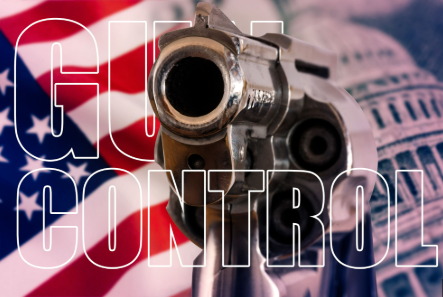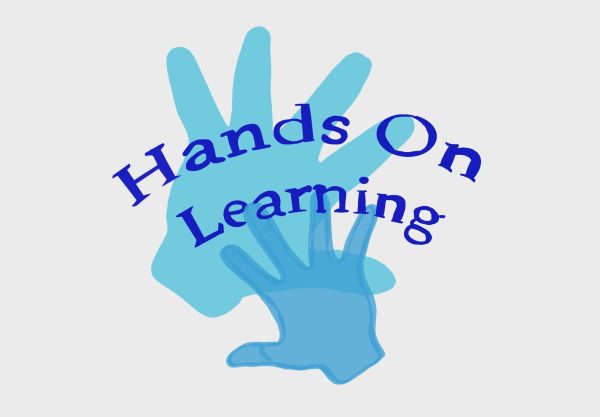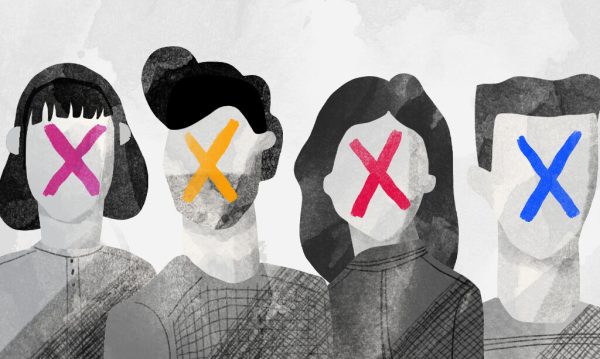The Culture of Smoking and Drinking Among Teenagers Needs A Change
Smoking and drinking among high school students has steadily increased within the recent generation and shows a steady increase in smoking and drinking among high school students. According to a 2007 study by Columbia University’s National Center on Addiction and Substance Abuse (CASA), teenagers who smoke are 5 times more likely to drink and 13 times more likely to use marijuana than those who are not smokers. The report linked youth smoking to other substance abuse and spotlighted research on how nicotine affects the adolescent brain, stating that most smokers begin smoking before age 18. Smokers ages 12 to 17 are more likely to drink alcohol than nonsmokers — 59% compared to 11%, the report found. Those who become regular smokers by age 12 are more than three times more likely to report binge drinking than those who never smoked—31% compared to 9%. Binge drinking was defined as having five drinks or more in a row.
“There’s no question that early teenage smoking is linked to [later substance use],” CASA founder Joseph A. Califano, Jr. said. “Now whether it’s causing it or not, I think the jury is probably still out on that.”
Smokers ages 12 to 17 are more apt to meet the diagnostic definition for drug abuse or dependence in the previous year—26% compared to 2%, the researchers said. The report noted that marijuana is the most widely used illicit drug among teenagers, with government data from 2005 showing 7% of those ages 12 to 17 used marijuana. Of these, current cigarette smokers are 13 times more likely to use marijuana than those who do not smoke.
The younger a child is when he or she starts smoking, the greater the risk, the CASA team said. Children who start smoking by age 12 are more than three times more likely to binge on alcohol, nearly 15 times more likely to smoke marijuana and almost seven times more likely to use other drugs such as heroin and cocaine. Teenagers who smoke also have a higher risk of depression and anxiety disorders, the study found. The report cited that the nicotine in tobacco products can produce structural and chemical changes in the developing brain that make young people vulnerable to alcohol and other drug addiction and mental illness. This includes effects on the brain chemicals dopamine and serotonin and changes to brain receptors associated with an increased desire for other addictive drugs. School faculty around the country have tried relentlessly to decrease the rate of smoking and drinking in the teenage population; however, it seems to be an issue rooted more in the interpretation of these statistics rather than the age of the affected group.
“I feel like people drink and smoke because they think it’s cool and helps them fit in more. It makes them feel more edgy. Some people do it because it can be a way of relieving or escaping their current issues,” an anonymous Walpole High School freshman said.
Doctors, teachers and scientists theorize that peer pressure is a leading force in the influence of drinking and smoking in high schoolers. Many students can feel alienated if they are sober or that they can only socialize if they are under the influence of a substance. To combat this, teachers in some parts of the country employed the Drug Abuse Resistance Education (DARE) program to attempt to combat the rising rates of teenage drug use. Although teachers and adults might believe that, in the short run, the DARE program is a legitimate fix to a rising predicament, it bears few fruits in the long term. Yes, this program should definitely continue to be in place, but the focus should also be on reforming the belief among teenagers that drugs are a way to fit into a social group. Another factor that influences the rate of drinking and smoking in high schoolers is that drug use is seen as a way to socialize. Many students believe that if not for drugs, there can be no other way to enjoy the company of their peers.
“We have nothing else to talk about. It’s pretty much a bonding experience,” as another anonymous WHS student said.
All in all, the path to reduce the rate of substance abuse should be not only focused on education on the long-term health of drug use, but also the reform of the culture of smoking and drinking amongst teenagers.













